Business

Molecular bonding technology provides solutions to our customers' "bonding" issues and new added value.
Benefits we can provide
1
Thinner and lighter
2
Bonding to a smooth surface
3
High durability
Different materials can be bonded.
We have realized the bonding of materials such as resin and metal, resin and resin, graphite and aluminum plate, glass and resin, glass and rubber, etc.
Conventional bonding using adhesives did not provide sufficient adhesion.
In contrast, molecular bonding technology can bond a combination of these materials, and the bond is strong and has excellent environmental resistance.
This makes it possible to achieve thinness, lightness, and low thermal resistance.
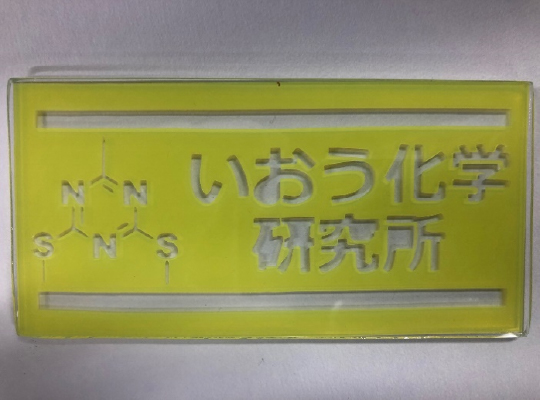
Joining glass and silicone rubber
The basic material for printed circuits is copper clad laminate (CCL). This CCL is a composite material of insulation material and copper foil.
In CCL used for high frequency communications such as 5G/6G, it is necessary to make the insulating material low dielectric to reduce dielectric loss and to bond smooth copper foil with low dielectric material to reduce resistance loss. However, low dielectric materials and smooth copper foil are difficult to bond. In contrast, molecular bonding technology has the advantage of being able to bond even low-dielectric materials and copper foil, regardless of the nature of the materials to be bonded, and can be applied to printed circuit boards used for high-frequency communications such as 5G/6G.
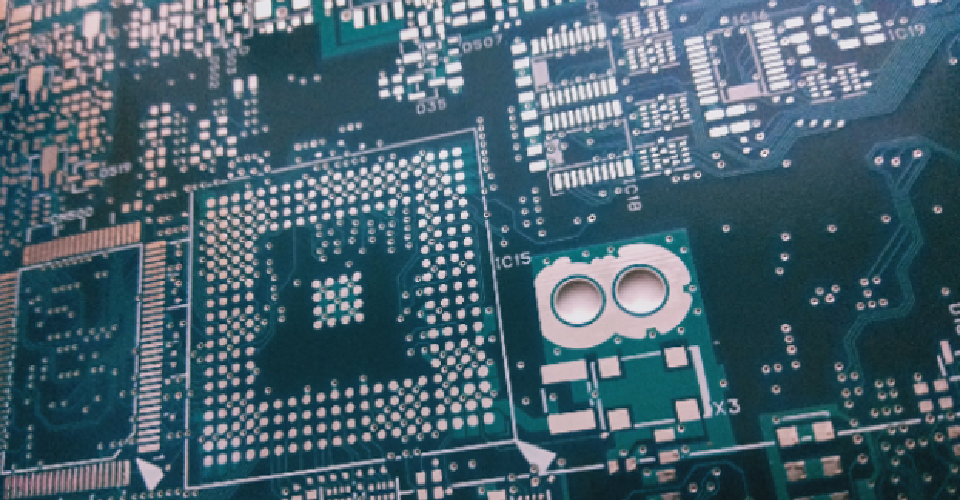
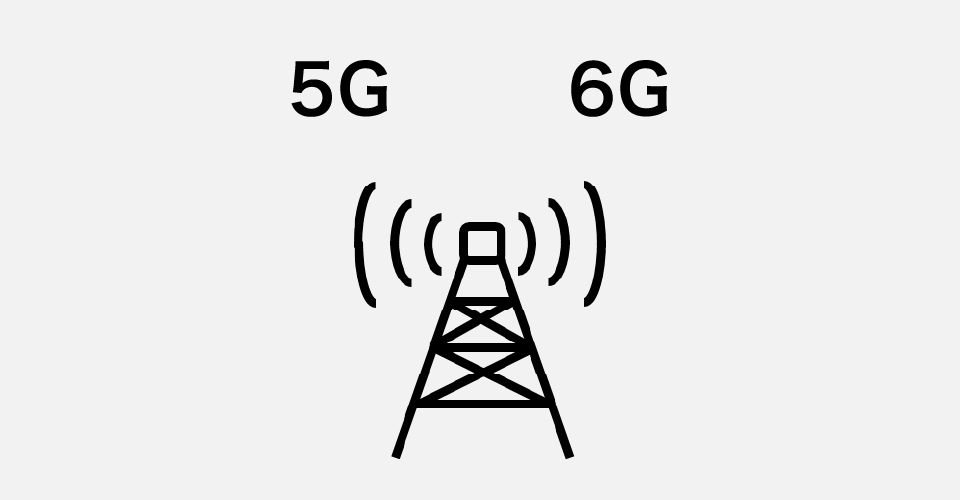
Molecular bonding technology is also effective in microfluidic devices where hollow sealing is required. Adhesive overhang is a problem when you want to secure a small space, such as in microfluidic devices. Molecular bonding technology allows for direct bonding without the use of adhesives, making it possible to selectively bond and seal without sticking out.
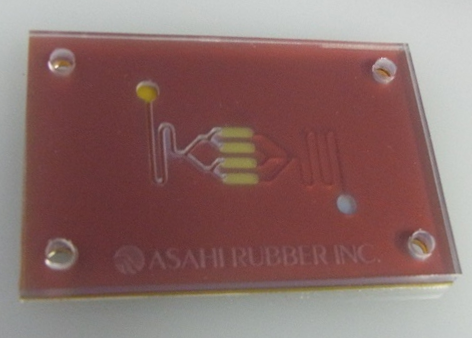
Microfluidic device
There are lacquer coated products for aluminum stationery.
In the past, the adhesion of lacquer to aluminum was low, and it tended to peel off easily.
To address this issue, molecular bonding technology forms a chemical bond between aluminum and lacquer to improve adhesion.
Molecular bonding technology also improves design, and can provide new added value to interior and stationery designs.
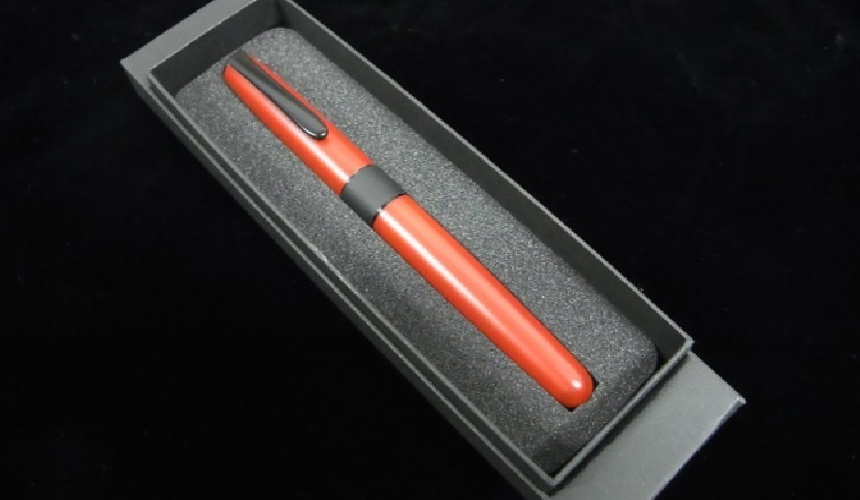
Selling agency:pen. 1-6-16 Saien, Morioka-city, Iwate-pref. 020-0024, Japan
If you have any questions or concerns about our services or technology,
please feel free to contact us.